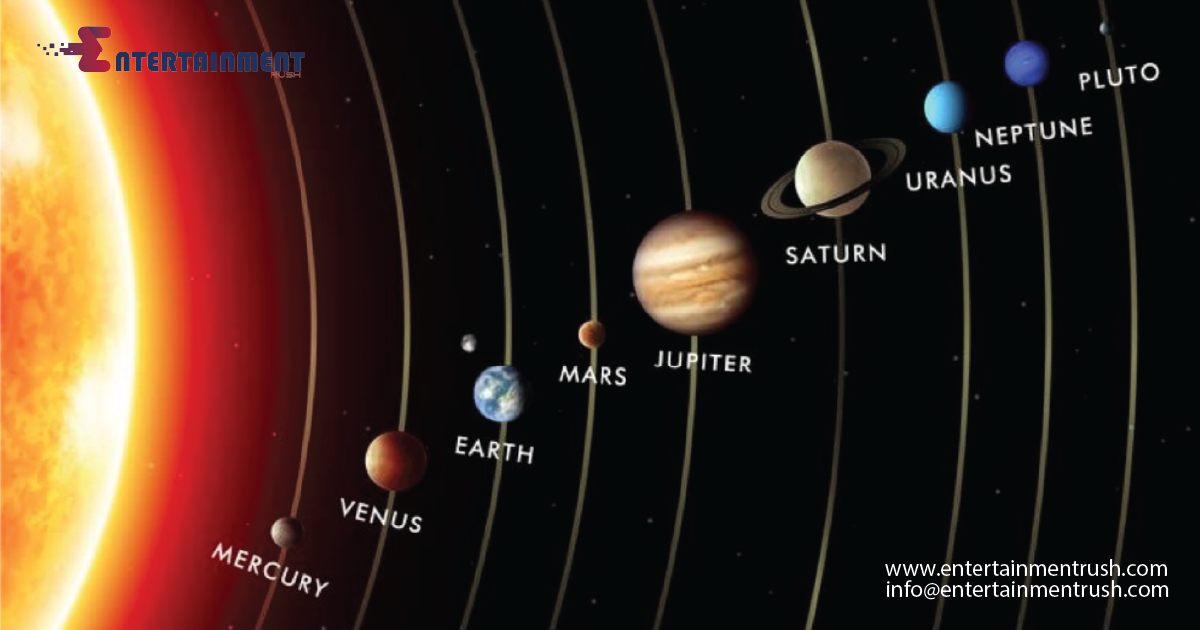The Solar System is a vast expanse of space that consists of the Sun and everything that orbits around it. It comprises planets, moons, asteroids, comets, and other celestial bodies. Understanding the order of planets in the Solar System is fundamental to grasping the structure and dynamics of our cosmic neighborhood.
The Inner Planets
Mercury
Mercury is the closest planet to the Sun and the smallest planet in the Solar System. It has a rocky surface and no atmosphere to speak of, experiencing extreme temperature variations.
Venus
Venus, often referred to as Earth’s twin due to its similar size and composition, is the second planet from the Sun. It has a thick atmosphere primarily composed of carbon dioxide, leading to a runaway greenhouse effect and making it the hottest planet in the Solar System.
Earth
Earth is the third planet from the Sun and the only known celestial body to harbor life. It has a diverse range of ecosystems, abundant liquid water, and a protective atmosphere that sustains life as we know it.
Mars
Mars, often called the Red Planet due to its reddish appearance, is the fourth planet from the Sun. It has a thin atmosphere and surface features reminiscent of both Earth and the Moon. Mars has been a focal point of exploration for potential human colonization.
The Asteroid Belt
Between the orbits of Mars and Jupiter lies the asteroid belt, a region populated by numerous irregularly shaped asteroids. These rocky remnants from the early Solar System’s formation provide valuable insights into the history of our cosmic neighborhood.
The Outer Planets
Jupiter
Jupiter is the largest planet in the Solar System and the fifth from the Sun. It is a gas giant with a thick atmosphere primarily composed of hydrogen and helium. Jupiter’s immense size and gravitational influence play a crucial role in shaping the dynamics of the Solar System.
Saturn
Saturn is famous for its stunning ring system, making it one of the most visually striking planets. It is the sixth planet from the Sun and is also a gas giant like Jupiter, albeit with a less dense atmosphere.
Uranus
Uranus is the seventh planet from the Sun and the first of the ice giants. It has a unique feature among the planets in that its axis of rotation is tilted sideways, leading to extreme seasonal variations.
Neptune
Neptune, the eighth and farthest planet from the Sun, is another ice giant. It has a dynamic atmosphere with high-speed winds and is known for its deep blue coloration.
The Dwarf Planets
Pluto
Pluto, once classified as the ninth planet, is now considered a dwarf planet. It resides in the Kuiper Belt beyond Neptune and has a highly eccentric orbit. Pluto’s status sparked debates and prompted a reevaluation of what constitutes a planet.
Conclusion
Understanding the order of planets in the Solar System provides valuable insights into the dynamics of our cosmic neighborhood. From the rocky inner planets to the gas giants and beyond, each celestial body contributes to the intricate tapestry of our universe.




Leave feedback about this